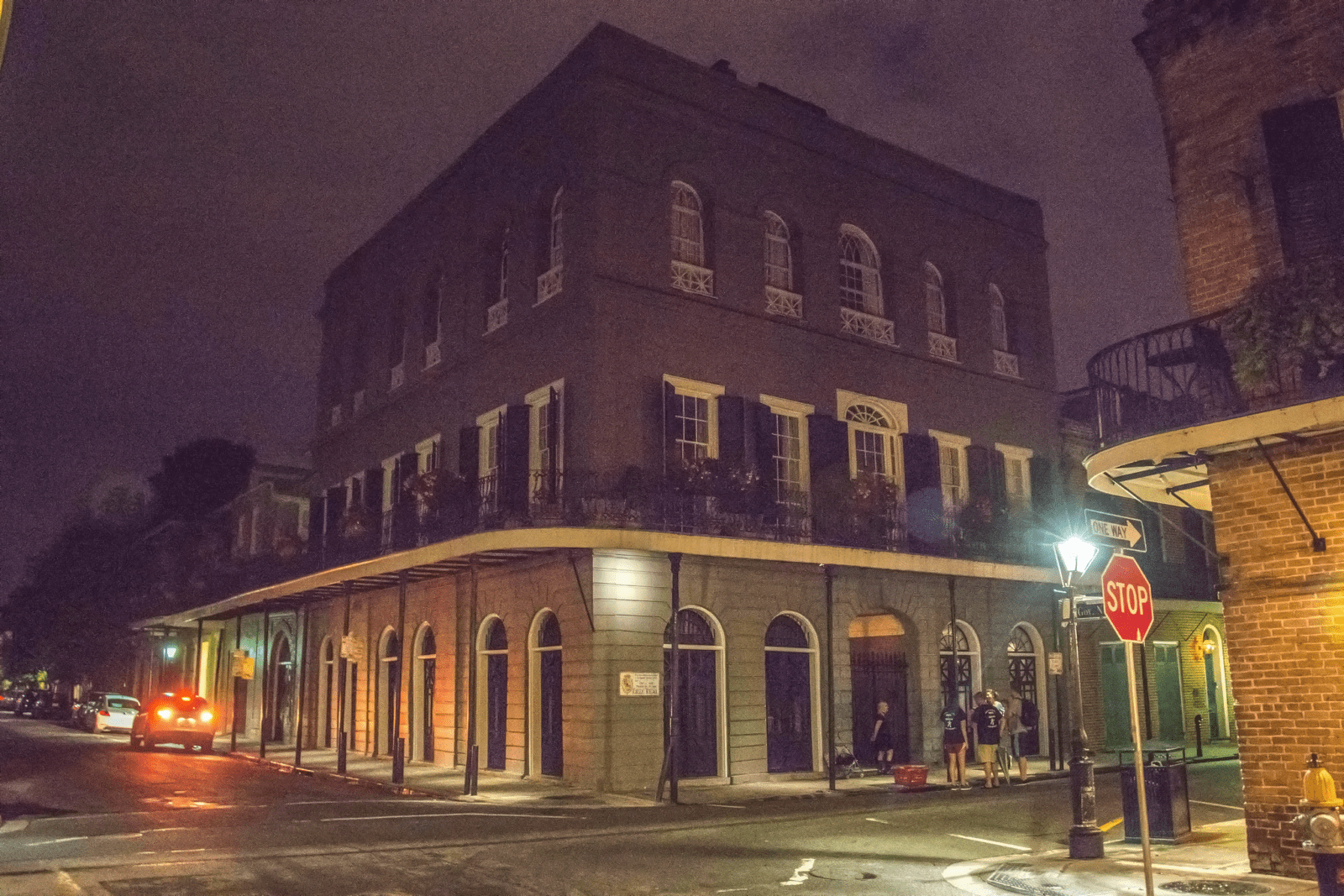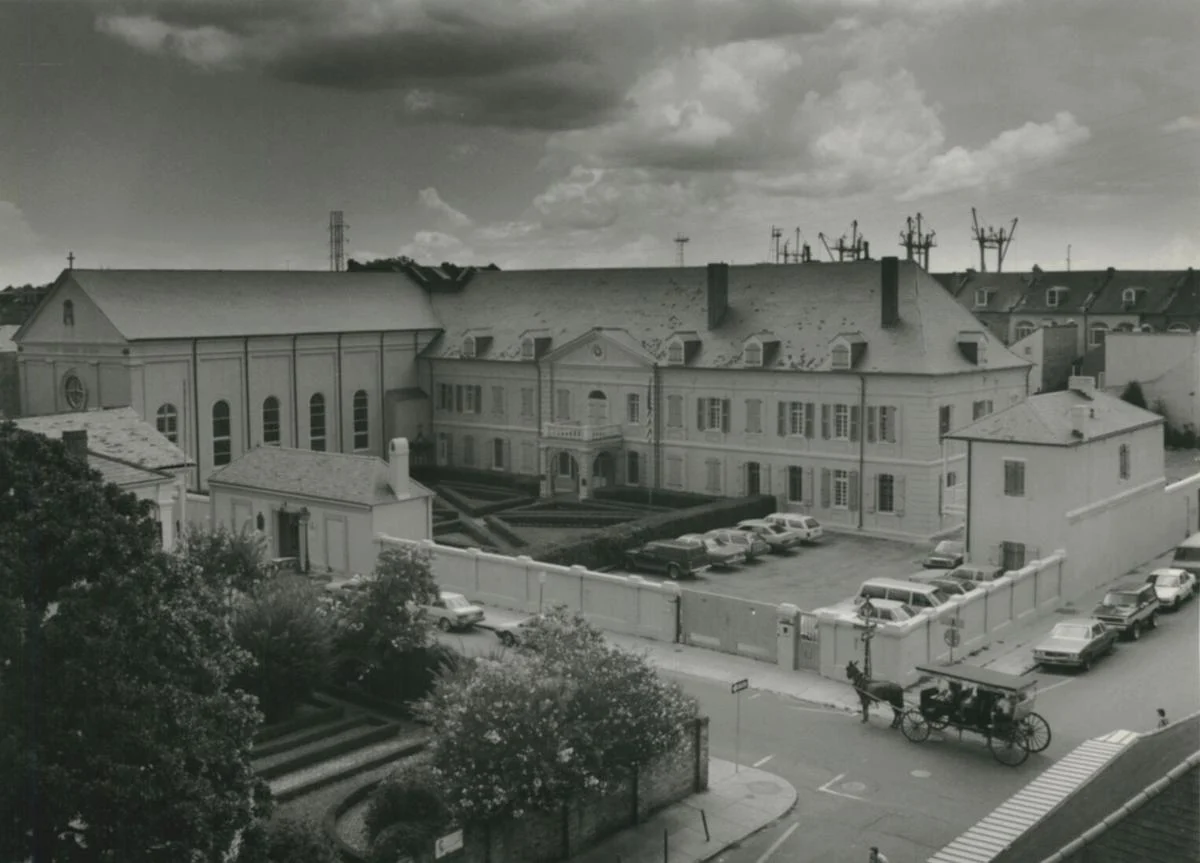The haunting legend that Pierre have never left his home is likely to be true, according to the countless patrons who have visited the famous attraction. The spirit of Pierre is said to wander around the house, keeping an eye on anyone who attempts to steal or vandalize the property.
The most haunted room in Muriel’s Jackson Square is none other than the infamous Séance Lounge.. In particular, a sparking light or orb believed to be the spirit of Pierre can be seen floating around the room. Knocks can also be heard coming from the brick walls inside the room. The voice of a female was also captured on film in spite of the fact that there were no females around when the recording was being made.
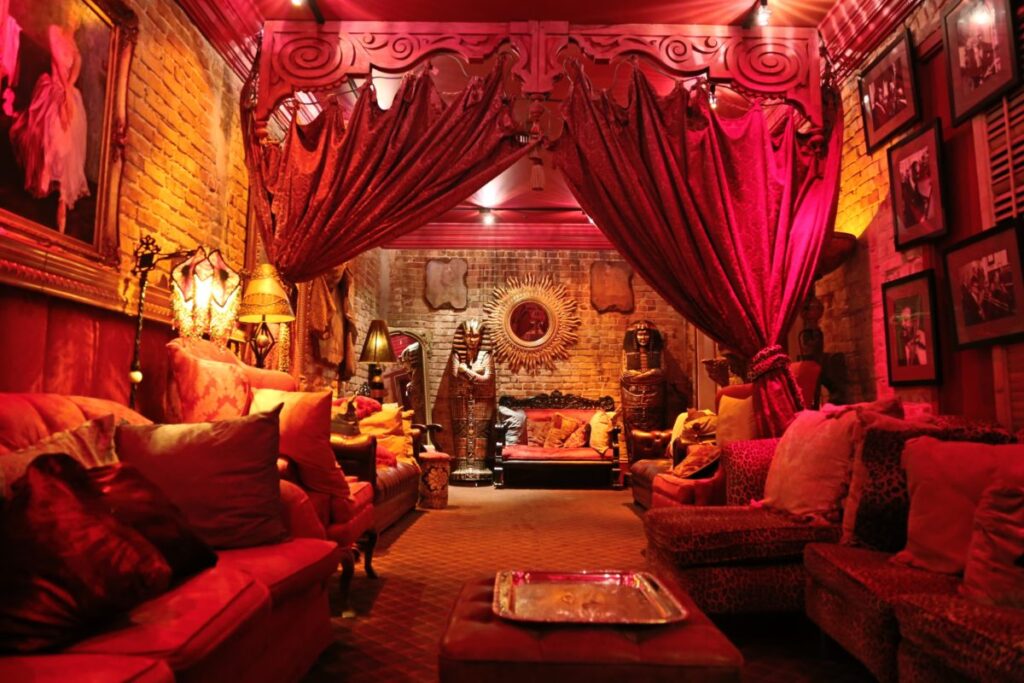
Psychic mediums and paranormal investigators who have visited the restaurant say that there are multiple spirits residing in the property. They could have been previous owners of the building, servants who were once enslaved to their masters, and former patrons who have enjoyed their time in the building.
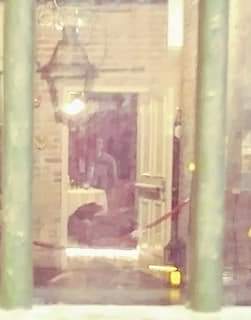
On numerous occasions, visitors spotted a white mist in the shape of a human floating in mid-air before disappearing into thin air. Inanimate objects have also been seen moving on their own. Over at the Courtyard Bar, staffs have reported glasses being swept off the counter by an unseen force and shattering to pieces on the floor. In other parts of the bar, patrons claimed to have heard voices whispering into their ears even though there was no one around them.
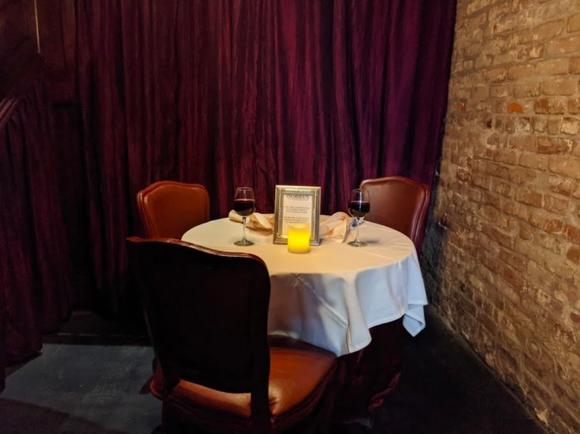
To appease Pierre and any spirits who resides in the restaurant, a VIP table nicknamed “Antoine’s Ghost Table” is set aside permanently and is laid with wine and bread every night. One night, staffs of the restaurant were managing the fully booked venue and had forgotten to set up Pierre’s table with food. It did not take long before staffs were alerted to the empty table when a loud thump was heard. One of the chairs was flung to the brick wall beside the table.
History of Muriel’s Jackson Square Restaurant
The history of the iconic Muriel’s Jackson Square dates back to the early 18th century when a small lodge was built on the plot of land to house slaves sold in New Orleans. The first owner of the plot of land was Claude Trepagnier, a French Canadian who aided Jean Baptiste Le Moyne de Bienville in his expedition in 1718. Jean went on to found La Nouvelle-Orléans, present-day New Orleans.was rewarded for his contributions towards the expedition by With the development of the city, Claude’s land became highly valuable due to its proximity to Jackson Square, which was then known as Place de Armes, or “parade grounds”.
In the mid 1700s, Royal Treasurer of French Louisana Colonies Jean Baptiste Destrehan bought over Claude’s land and knocked down the lodge that the latter had built. A luxurious home was constructed to house Destrehan’s family. The mansion, which consisted of a music room, a ball room, a dining room, 5 beds, and a coach house, was one of the finest homes in the newly developed town of New Orleans.
The property was subsequently the home of several other owners before it was partially destroyed during the Great New Orleans Fire in 1788. The fire, which burnt down 856 of the 1,100 structures in New Orleans, was believed to have started in the home of military treasurer Don Vincente Nunez when a burning candle caught the drapes.
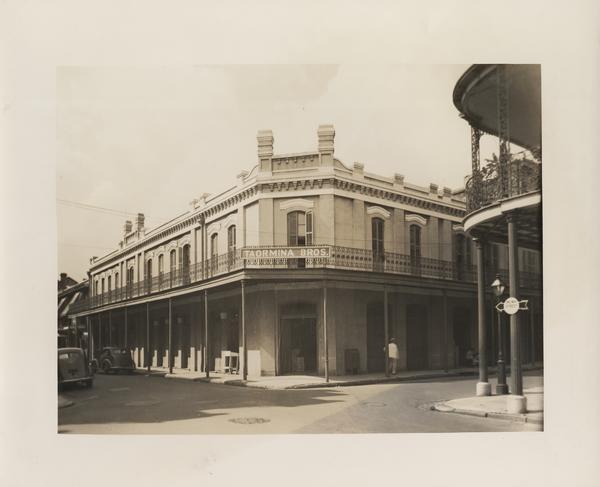
A New Orleans citizen Pierre Antoine Lepardi Jourdan purchased the property shortly after the fire and restored the mansion to its former splendor. Unfortunately, Pierre, a compulsive gambler, lost his prized property during a high-stakes card game. Distraught, Pierre committed suicide in a room on the second floor to continue ‘living’ in the house in the afterlife; the room is now known as the Séance Lounge.
Throughout the 19th century, the property was mostly owned by the Julien Poydras and the Theodore Leveau families. In 1891, the house was bought over by local businessman Peter Lipari and divided into a series of commercial space. From 1916 to 1974, the building was used as a pasta factory, a grocery store, and “The Spaghetti Factory” restaurant. In the last quarter of the 20th century, the building was Chart House Restaurant.
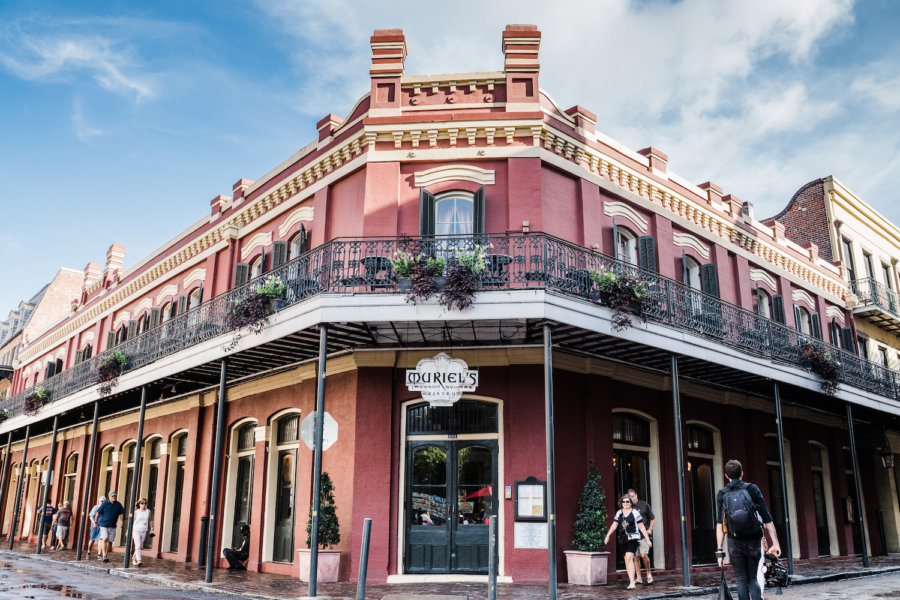
At present, the building is home to Muriel’s Jackson Square Restaurant & Bar, which have been serving contemporary Creole cuisine since March 2011.

